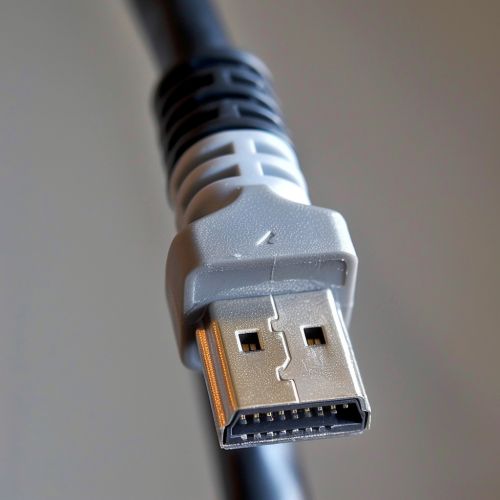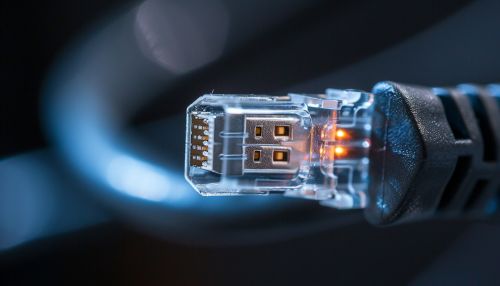Ethernet
Overview
Ethernet is a family of computer networking technologies commonly used in local area networks (LAN), metropolitan area networks (MAN), and wide area networks (WAN). It was commercially introduced in 1980 and first standardized in 1983 as IEEE 802.3, and has since been refined to support higher bit rates and longer link distances.


History
Ethernet was developed at Xerox Corporation's Palo Alto Research Center (PARC) between 1973 and 1974. It was inspired by ALOHAnet, which Robert Metcalfe had studied as part of his PhD dissertation. The idea was first documented in a memo that Metcalfe wrote on May 22, 1973, where he named it after the luminiferous aether once postulated to exist as an "omnipresent, completely-passive medium for the propagation of electromagnetic waves."
Technical Details
Ethernet defines two units of transmission, packet and frame. The frame includes not just the payload of data but also addressing information identifying the physical "Media Access Control" (MAC) addresses of both sender and receiver, VLAN tagging and Quality of Service information, and error-checking CRC codes.
Ethernet Frame Structure
An Ethernet frame starts with a preamble and start frame delimiter (SFD), which are both part of the Ethernet packet at the physical layer. The SFD is designed to break the bit pattern of the preamble and signal the start of the actual frame. The Ethernet header features source and destination MAC addresses as the first two fields, followed by the EtherType field, which defines the protocol being used.
Ethernet Cabling
Ethernet supports a variety of cabling options, including coaxial, twisted pair, and fiber optic. Each has its own advantages and disadvantages in terms of cost, speed, ease of installation, and resistance to environmental factors.
Ethernet Standards
The IEEE 802.3 standard defines the physical layer and the MAC portion of the data link layer for Ethernet. The standard is managed by the IEEE 802.3 working group. There have been numerous versions of the standard over the years, each introducing new speed capabilities and enhancements.
Ethernet Speeds
Ethernet has evolved over the years to offer speeds of up to 400 gigabits per second. The original Ethernet standard offered 10 megabits per second, and subsequent versions have increased this to 100 Mbps (Fast Ethernet), 1 Gbps (Gigabit Ethernet), 10 Gbps (10 Gigabit Ethernet), 40 Gbps (40 Gigabit Ethernet), 100 Gbps (100 Gigabit Ethernet), and most recently 400 Gbps (400 Gigabit Ethernet).
Ethernet in the OSI Model
Ethernet operates across two layers of the Open Systems Interconnection (OSI) model. The physical layer (Layer 1) is concerned with the physical characteristics of the transmission medium, while the data link layer (Layer 2) is responsible for data encapsulation and media access control.
Ethernet vs. Wi-Fi
Ethernet and Wi-Fi are two primary methods for devices to connect to a network. While Wi-Fi is more convenient and widely used in consumer devices due to its wireless nature, Ethernet offers several advantages such as lower latency, higher consistent speeds, and improved security.
